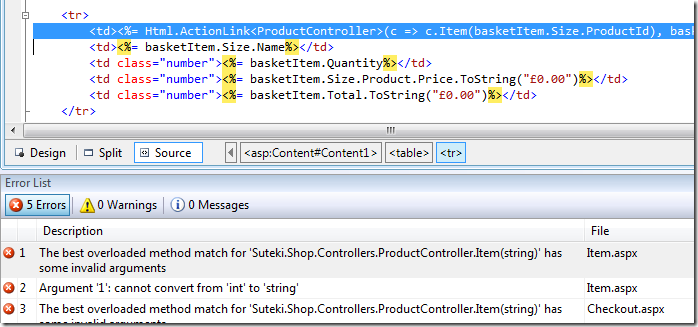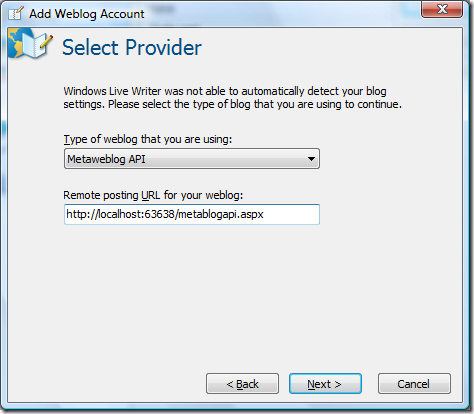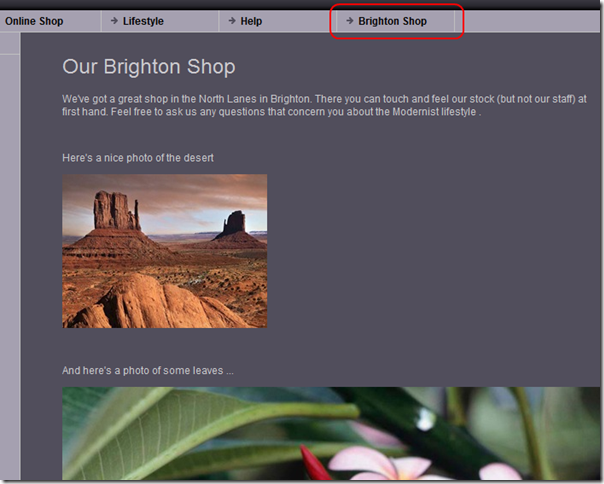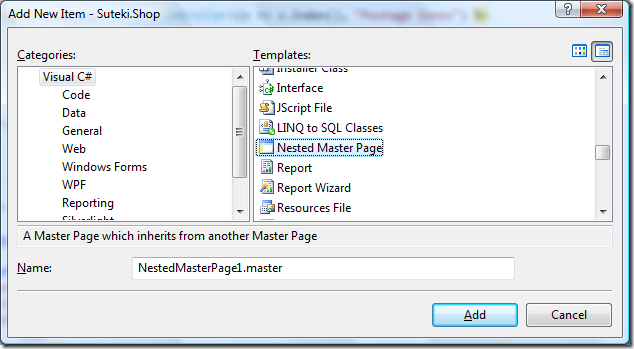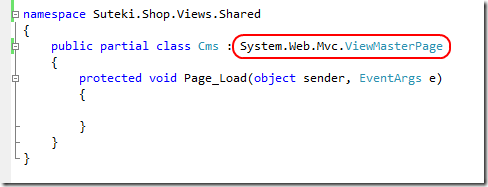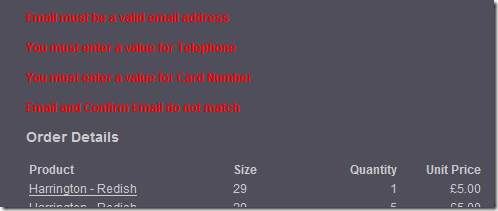I've just spent this morning upgrading Suteki Shop to the latest version of the MVC Framework; CTP 3. There are some nice touches in it, but not an awful lot has changed, especially if, like me, you've been using the Code Plex source that was recently made available. Scott Guthrie details most of the major changes with this release on his blog.
Action Result
Still, it wasn't all plain sailing, there have been a lot of API changes since the last code drop. The names of the new controller action return values have changed as have the properties on the Controller base class which return them. I had to do a global find and replace for those. I'd written some nice test helper extension methods around ActionResult which had to be upgraded.
View data changes
The changes to view data caused a lot of churn as well. Now, instead of two separate kinds of view data; dictionary and strongly typed, there's a single class ViewDataDictionary<T> that supports both, with a new Model property having the type of the type parameter. This means that every invocation of ViewData in your View has to change to ViewData.Model. Currently I factor all my view data into a strongly typed hierarchy that I can pass through to various html helpers I've written, but with the new style view data there might be an opportunity for some nice refactorings.
Select rendering changes
Anther change which brings up some nice possibilities is the separation of the DropDownList html helper extension (renamed from 'Select') from the actual building of the select list itself in a SelectList class that you can pass from the controller along with all its data. Providing select lists from an IoC container might be a nice way to factor the loading of lookup data out from the controller.
One thing caught me out though. They've changed the order of the 'value' and 'text' parameters from the old Select helper method. I got some nasty runtime errors because of this.
'Hidden' extension method changes
Another nasty was the Hidden html helper extension method that renders an '<input type="hidden">' tag. It now takes a string as its value parameter instead of an object. For some reason the aspnet compiler doesn't seem to catch this change and so my forms were failing at runtime with the value parameter as an empty string.
MVCContrib
Probably the biggest investment of time this morning was changing the MVCContrib code to work with CTP 3. No, I didn't upgrade the entire thing; I just ripped out anything I wasn't using and upgraded the rest. It wasn't too bad in the end which must be tribute to the quality of the code. Once Jeremy and co have got the whole thing working with CTP 3, I'll move back to the main branch.
It's really fun working with the MVC Framework. The pace of development has been swift and it's nice that the team don't have to bake in the API at this stage which has allowed them to progressively factor the framework with feedback from the community. Sure it means that you have to spend half a day changing your code to work with a new release every so often, but if that means the design can evolve rapidly, I'm all for it.

